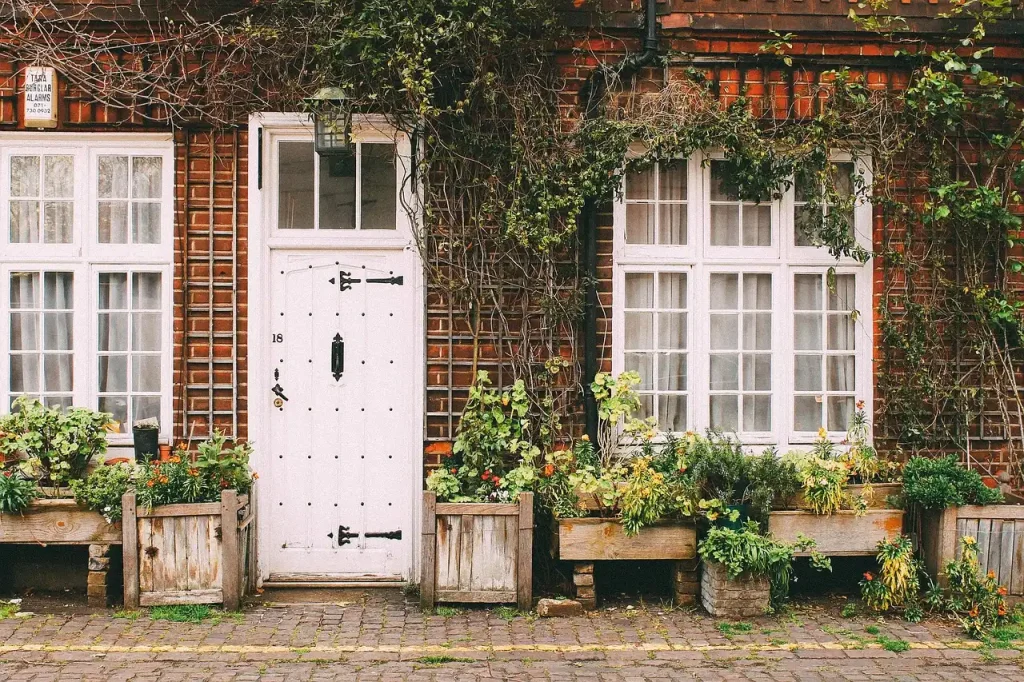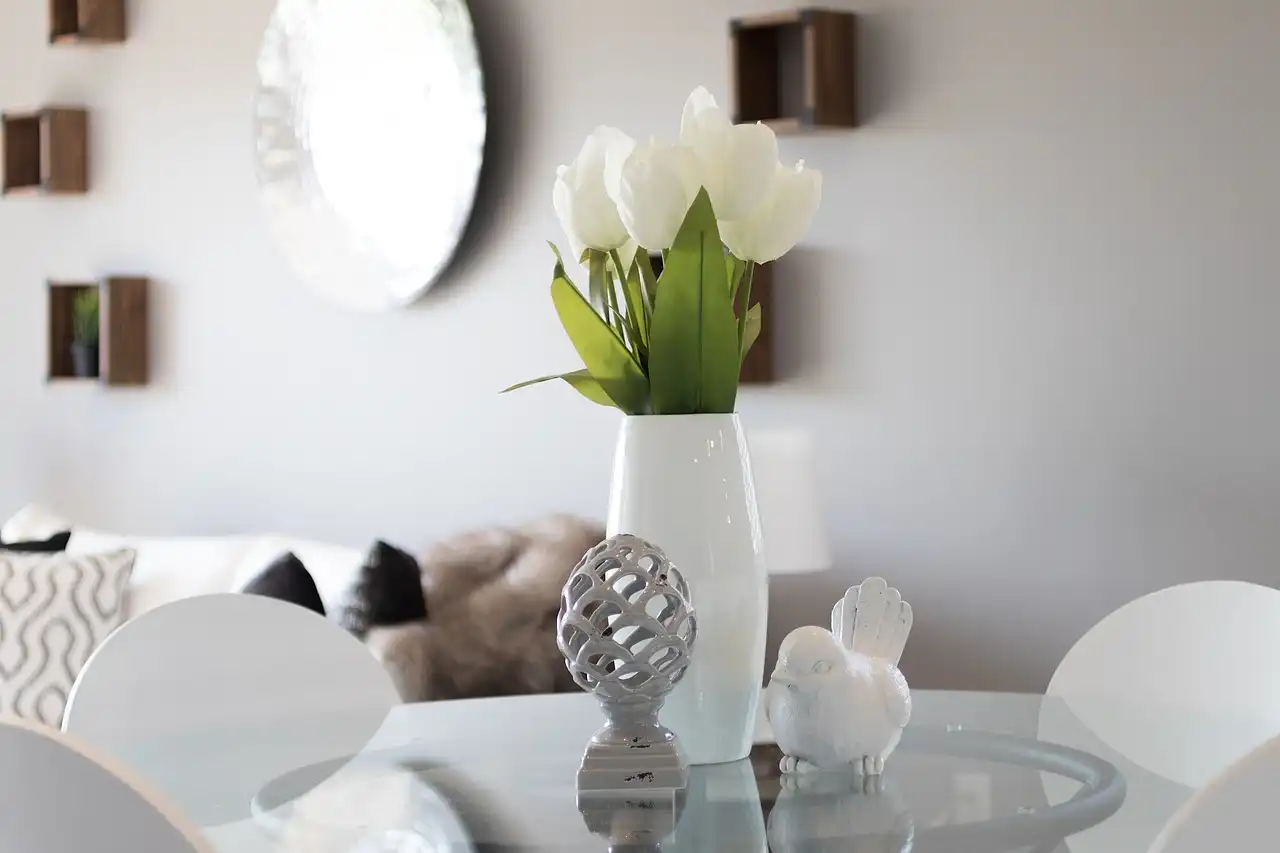Staging a home might look simple: fluff a few pillows, hang some art, light a candle, and boom! You’re done, right? No, it’s not that easy. Even the professionals can slip up. It’s easy to miss small details that make a big difference. When buyers are walking through your space, they will feel the difference.
If you’re a stager, a real estate agent, or just someone trying to get their home ready to sell, there are always a few small things you might miss. But once you know what to look for, fixing it is pretty simple.
Many sellers also wonder: is home staging worth it? The answer is yes—because avoiding these common home staging mistakes can directly impact how fast and for how much your property sells.
1. Over-Staging
We have all walked into homes that feel more like a store display than a place someone lives. There’s stuff everywhere—too many pillows, random decorations, and those fake fruit bowls that end up on every table. Sure, it might look good in photos, but it can feel cold and not very inviting.
The fix: Keep things clean and simple. Don’t add stuff just to fill space. Everything in the room should have a reason to be there. The less clutter, the easier buyers can picture themselves living there. Think about how you want the room to feel. Do you want it to feel cozy? Fresh? Open? Use that feeling to help you decide how to set it up.

2. Forgetting Who You’re Staging For
If you want to make your space” cute,” as most people are inspired by Pinterest, you are easily caught, as people don’t want to live in such apartments. These types of looks only work for city apartments, but if a family is looking for a home, they will not prefer such spaces.
The fix: Get clear on what your buyer is. For whom are you staging your space? What type of audience is it? Different people have different tastes. A young couple will not see the space as the old or luxurious buyer wants. Style your space according to your buyers. If you are not sure, then ask your listing agent about the buyer’s preference.
Remember: staging home services are never one-size-fits-all—knowing your target buyer is the first step to getting it right.
3. Bad Lighting Kills Vibes
You might have the furniture in all the right spots and the decor looking great, but if the lighting’s off? The whole place can feel weird. Too dark, and it feels gloomy. Too bright and it feels cold, almost like a hospital. Bad lighting can change how someone feels in a space. The feelings of the buyers change due to lighting. Most people like bright lights.
The fix: Use a different mix of lighting. Use a mix of natural light, floor lamps, table lamps, and warm bulbs to create a cozy, welcoming feel. Lighting has a great impact on the whole environment.

4. Leaving Personal Stuff Around
Most people’s houses are full of memories. They have great photos of their families. Or placing mugs of “Best Dad,” but no one is interested in your photos. If you are trying to sell your house, please stage your home according to the buyer’s needs. Otherwise, they will feel no connection with the space, or they will imagine themselves living there.
The fix: Keep things neutral. Instead of personal photos, hang up simple art or nice landscape pictures. You want buyers to picture their life in the home, not yours. So it’s a good idea to pack away family keepsakes, collections, and anything with your name or initials on it.
5. Ignoring Curb Appeal
Many stagers focus so much on the inside of the space. They forget about the first thing a buyer sees: the outside. Outside is the most important step. If the outside doesn’t impress the buyer, they will not step in.
The fix: Make sure the front of the house feels warm and welcoming. Cut the grass, clean the porch, and add a welcome mat or a few plants. A fresh coat of paint on the front door or shiny house numbers can help, too. Your first impression matters a lot. So focus on that too.

6. Wrong-Size Furniture
Have you ever walked into a room where the couch is way too big, or the dining table looks tiny, like it’s made for kids? It just feels off. The size of your furniture can help a room feel right—or throw it off.
The fix: The size of your furniture matters. Pick pieces that fit the room and leave enough space to move around comfortably. If the room is small, use furniture with legs so it feels more open. If the room is large, add a rug and place the chairs and sofa close together to make it feel warm and inviting.
7. Letting Smells Linger
Nothing kills a showing faster than bad smells—pet odors, old food, or a musty basement. Even the most beautifully staged home can be ruined by a single sniff.
The fix: Deep clean. Open windows, use subtle natural scents like citrus or vanilla, and skip the overpowering air fresheners. If there’s a pet, wash its bedding and vacuum thoroughly. If needed, bring in an ozone machine or hire a cleaning crew to tackle stubborn odors.
8. Ignoring Small Repairs
Think you can distract buyers with pretty throw pillows while ignoring that leaky faucet or chipped paint? Nope. Those tiny flaws stick in people’s minds.
The fix: Fix the little stuff. Buyers notice, and these “small things” can signal bigger problems. A little maintenance goes a long way. Patch holes, replace burned-out bulbs, and tighten cabinet handles. These are simple fixes that show pride of ownership.

9. Going Overboard with a Theme
That beach house theme might feel fun and creative—but not everyone wants to live inside a nautical gift shop. Over-themed decor can feel cheesy or dated.
The fix: Keep themes subtle. A coastal vibe is great, but don’t go full lighthouse-and-shells. A few hints are enough to set a tone without overwhelming. Aim for a universally appealing, magazine-worthy style that complements the home’s natural character.
10. Leaving Outdated Fixtures Untouched
You stage the whole home beautifully, but leave that brass light fixture from 1992 hanging in the hallway? It instantly dates the space.
The fix: Update key elements. You don’t need a full renovation, but swapping dated hardware, fixtures, or curtains can instantly modernize the space. It’s a low-cost way to make the home feel move-in ready. Don’t forget doorknobs and outlet covers—they matter too.
Bonus Tip: Tell a Story with the Space
Beyond fixing mistakes, great staging tells a subtle story. Who might live here? What would their lifestyle look like? A cozy reading corner, a breakfast tray in bed, or a staged work-from-home nook can help spark emotional connection.
Buyers want to feel something when they walk through. You’re not just decorating—you’re setting the stage for a new chapter in someone’s life.
So, does home staging help sell a house? Absolutely. Homes that are staged correctly sell faster, look more appealing online, and often attract higher offers. Avoiding home staging mistakes isn’t just about style—it’s about results.
Final Thought: It’s All About the Buyer
The secret sauce to great staging? Think like a buyer. What would make you fall in love with the space? Comfort, light, cleanliness, and the ability to picture your life there.
Staging isn’t just decorating—it’s storytelling. And if you avoid these common mistakes, you’ll be telling a story buyers want to step right into. Contact us today for a home staging consultation.
Whether you DIY or hire staging home services, the goal is always the same: create a space buyers can emotionally connect with. And if you’re still wondering if home staging is worth it, the answer is yes—it can be the difference between a house that lingers on the market and one that sells quickly.
